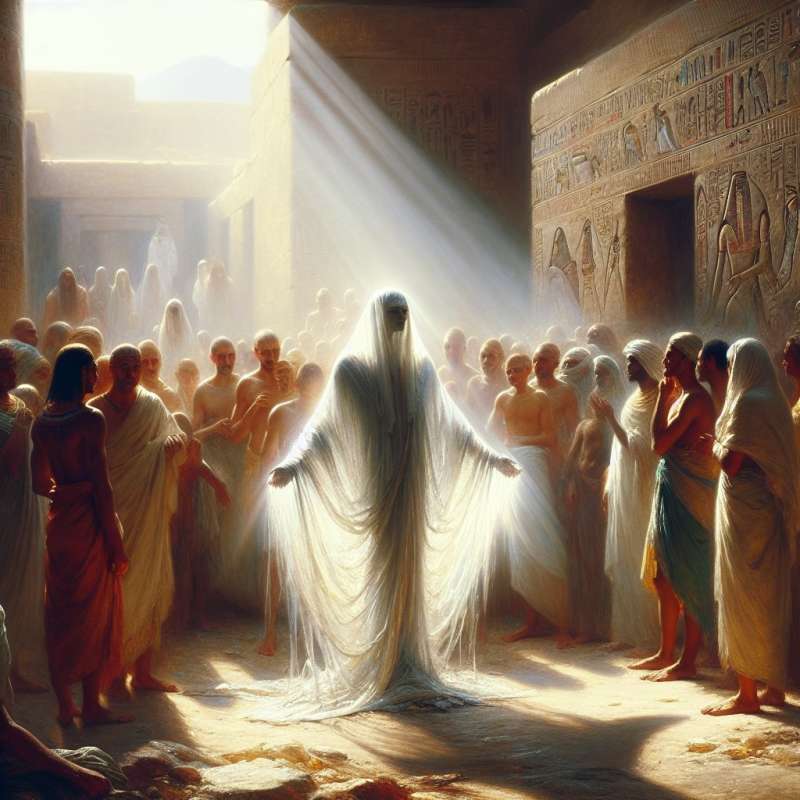
Ancient Egyptian Linen Luxury
In Ancient Egypt, clothing was predominantly made from linen, believed to reflect purity. The finer the weave, the higher the status, with pharaohs donning ultra-fine fabric that was almost transparent, demonstrating their immense wealth and divinity.
Medieval Sumptuary Laws
During the Middle Ages, Sumptuary Laws restricted dress based on social class. These laws dictated materials and styles to enforce class distinctions, preventing commoners from wearing silks and velvets reserved for nobility, ostensibly to prevent over-spending.
Renaissance Fashion Blossoms
The Renaissance period saw an explosion of fashion, thanks to cross-cultural exchanges and improved textile manufacturing. Clothes became more elaborate with luxurious fabrics and dramatic silhouettes, often adorned with intricate embroidery, symbolizing wealth and status.
18th Century Wig Craze
In the 18th century, voluminous wigs became status symbols in European courts. Powdered with lavender or orange-scented flour, these wigs often harbored hidden frames and were sometimes infested with lice, leading to the invention of the wig scratcher.
Coco Chanel's Timeless Impact
Coco Chanel revolutionized women's fashion in the 20th century. Her introduction of the 'Little Black Dress' in 1926 offered simplicity and elegance, challenging the norms of women's attire and cementing her legacy as a fashion icon.
Post-War Fashion Explosion
Post-WWII, Christian Dior's 1947 'New Look' redefined women's fashion with rounded shoulders, a cinched waist, and a full skirt. This contrasted sharply with wartime austerity and reshaped fashion into a form of escapism and opulence.
Technological Textile Advancements
The 21st century has introduced smart textiles, integrating technology into fabric. From self-healing materials to garments that change color or monitor health, the fusion of fashion with tech is redefining the possibilities of clothing.Medieval Dye Oddity
In the Middle Ages, urine was used to set dye in fabrics, creating vibrant colors that were hard to achieve otherwise.
What reflected purity in Ancient Egypt?
Silk garments
Linen clothing
Golden jewelry
Company